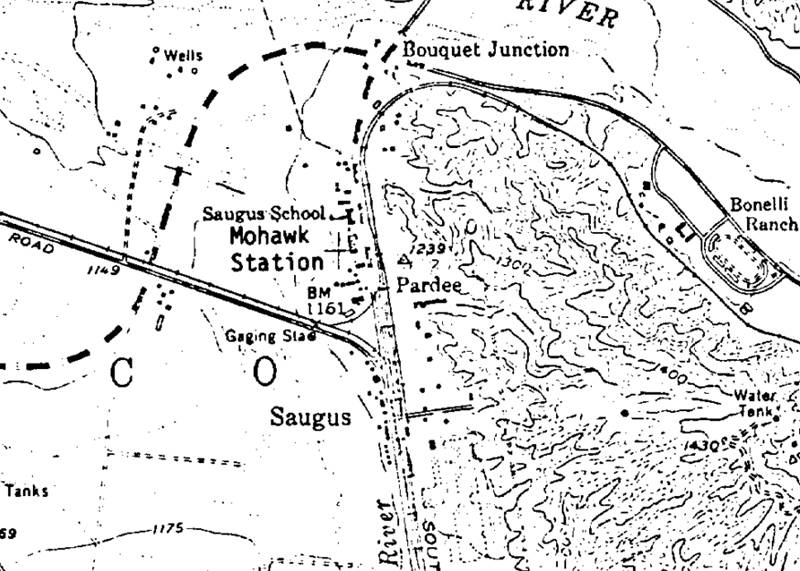|
|
Health Effects in Children Exposed to Vinyl Chloride
Final Report, January 1981
Science Applications, Inc. | 1801 Avenue of the Stars, Suite 1205 | Los Angeles, California 90067
Richard A. Ziskind, Ph.D., Principal Investigator
Daniel Smith, Gary Spivey, Michael Rogozen
Prepared for: U.S. Environmental Protection Agency | Research Triangle Park, North Carolina 27711
Contract No. 68-2986
EPA Project Officers: Mr. John Acquavella, Dr. Gregg Wilkinson
|
Abstract: This report documents the USEPA sponsored study, "Health Effects in Children Exposed to Vinyl Chloride." This two-year effort was initiated as a pilot study to investigate the current health status of a group of young adults who attended an elementary school about 350m. from a polyvinyl chloride (PVC) formulation plant. The purpose of this program was to conduct a study of the health effects of vinyl chloride monomer (VCM) in a population exposed during childhood. In this initial two-year study, a pilot cohort of 1,363 subjects was identified as students with a minimum of one year of attendance during the period 1959-1964. Since late 1858, the Keysor-Century Corporation has been producing polyvinyl chloride (PVC) at a 5.9-Ha (2.4-acre) facility in Saugus, California. The plant operates 24 hours per day, 7 days per week and uses the suspension polymerization process to produce PVC from vinyl chloride monomer (VCM) and vinyl acetate. To the best of our knowledge, production has not varied significantly during the past 20 years. Emissions of VCM and other substances now recognized as hazardous pollutants were not controlled to any significant extent during the period of interest (1958-1970). In 1974, the plant was directed to institute control of worker exposure and, beginning in late 1977, plant modifications and process control measures have been undertaken. The Saugus Elementary School, which was built in 1938, is located approximately 360m (1,000 feet) from the plant in a roughly north-northwest direction. Figure 3-1 shows a map of the Saugus area. The plant is located immediately above the word "Pardee." It has been estimated from school district records that approximately 5,000 students may have attended this school during the 20 years of overlapping plant/school history. The school was closed in January 1978 because of concern over potential health impact. Of the several schools located near VCM or PVC plants in California, the Saugus school is the closest and is the only one to be closed down.

Detail from Fig. 3-1. |
See Also:
Why Did Saugus School Close?
• Protocol to Trace Saugus School Students Exposed to Vinyl Chloride (ARB 1984) 
~1986 • Bud Keysor Obituary 2000 • Keysor-Century Quits 2003 |
The site owner makes no assertions as to ownership of any original copyrights to digitized images. However, these images are intended for Personal or Research use only. Any other kind of use, including but not limited to commercial or scholarly publication in any medium or format, public exhibition, or use online or in a web site, may be subject to additional restrictions including but not limited to the copyrights held by parties other than the site owner. USERS ARE SOLELY RESPONSIBLE for determining the existence of such rights and for obtaining any permissions and/or paying associated fees necessary for the proposed use.

